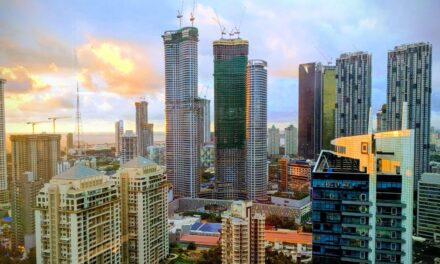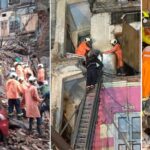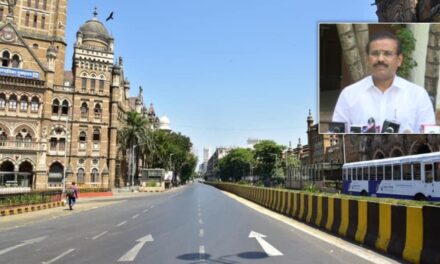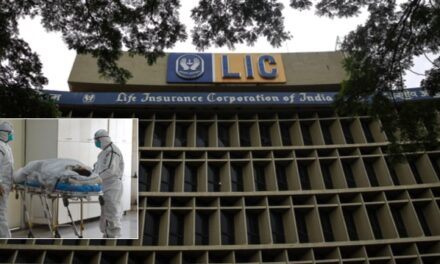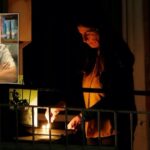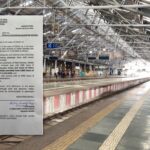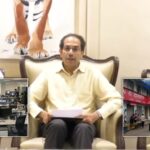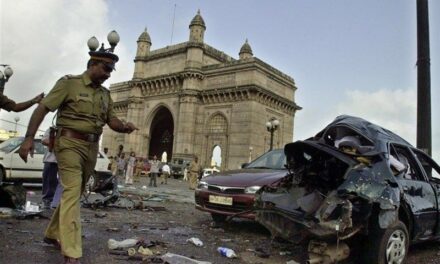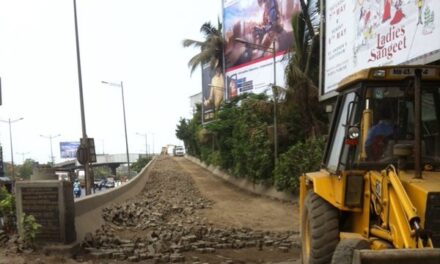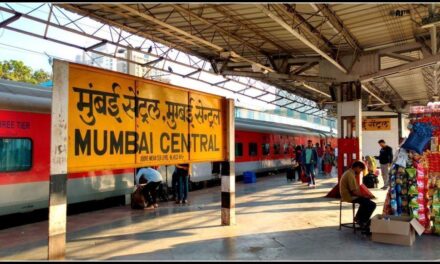Mumbai: Diwali 2016 quietest in decade, but more polluted than last year
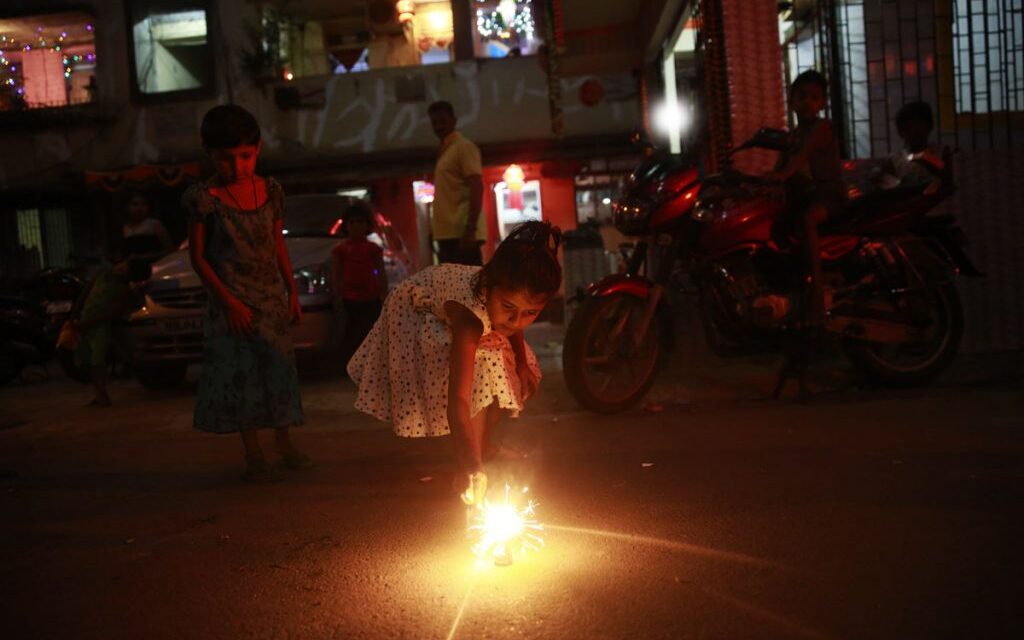
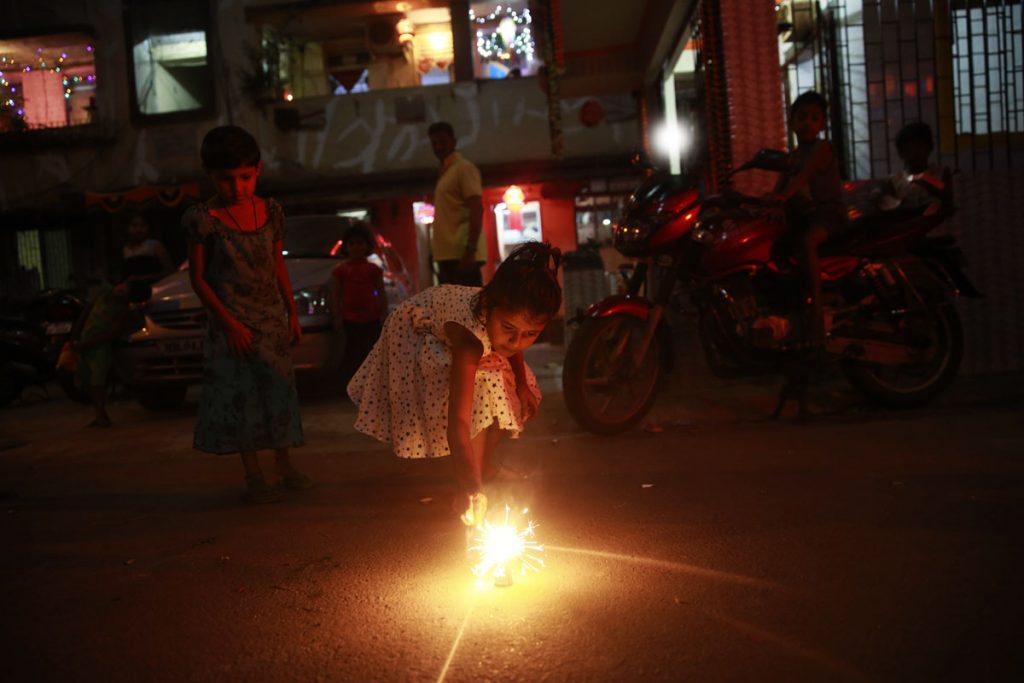
Representational Image. Courtesy: Rafiq Maqbool/AP
Mumbai saw a quieter Diwali this year, thanks to the rise in awareness about the ill-effects of bursting crackers among the general populace, especially kids.
Activists throughout the city have vouched that there was less noise during Diwali this year, with some claiming it was the quietest in a decade.
Before the festival, activists and environmentalists had launched a campaign urging citizens to refrain from bursting crackers in the city.
Maharashtra Chief Minister Devendra Fadnavis had also vowed not to burst firecrackers this Diwali and appealed to citizens to do the same.
“Realising the health hazards of noise pollution and firecrackers, people used fewer firecrackers this year as compared to last few years,” said environmentalist Sumaira Abdulali, who is founder of an NGO, Awaaz Foundation, which has been campaigning for bringing down noise levels.
The activist also sent an e-mail to Fadnavis, thanking him for his appeal to curb use of firecrackers.
“I sincerely thank you for your pre-Diwali statement that your family and you would not burst firecrackers. Citizens of Mumbai have responded to your message and our awareness campaigns. You leading by example in this manner has made a huge impact to inspire citizens to use fewer crackers and bring down noise levels sharply, helping protect the health and well-being of our city,” Abdulali said.
Awaaz Foundation, along with Maharashtra Pollution Control Board, has been conducting periodic tests of noise levels from firecrackers, loudspeakers in the metropolis as part its anti-pollution campaign.
While the noise from most crackers was under the permissible limit, many violated the 10 pm deadline set by the Mumbai police citing Bombay High Court (HC) orders and tenets of the Noise Pollution (Regulation and Control) Rules, 2000.
“Although Mumbaikars used fewer firecrackers, enforcement of time limits was found lacking at many places. At prominent locations such as Marine Drive, firecrackers were used after 10 pm in spite of police presence,” she said.
This year’s highest reading of 113.5 dB was recorded at about 11.15 PM at Marine Drive, which was lower than last year’s high of 123 dB at the same place.
Moreover, there were norm violations all over the city in 2012, but this year, most firecrackers were found to be within the permissible noise limit of 125 dB, Abdulali said.
According to her NGO’s noise pollution tests, Worli, KEM Hospital and Marine Drive were among places where noise level ranged between 90 and 113.5 dB. Most other places in the metropolis saw quieter Diwali.
“It is a positive change from previous years as people used fewer firecrackers and used the police complaint mechanism in large numbers,” she said adding, “Noise levels have been progressively going down and we can safely say this was quantitatively the quietest Diwali in a decade.”
Mumbai police remained vigilant and fined many for violating the 10 pm deadline across the city. The police’s official Twitter handle also received hundreds of complaints.
While its encouraging to see the decline in noise levels, the same can’t be said about the air quality.
According to System for Air Quality Weather Forecasting and Research (SAFAR), Mumbai witnessed a spike in pollution levels a day after Diwali as the air quality index (AQI) went up to 320 till 10 am on Monday, falling under the ‘very poor’ AQI category.
Incidentally, Monday morning’s reading were actually lower owing to increase in wind speed and high temperatures. In comparison, the pollution reading during Diwali 2015 was 313.
Areas like Malad, Andheri and Navi Mumbai were the most polluted in 2016.


